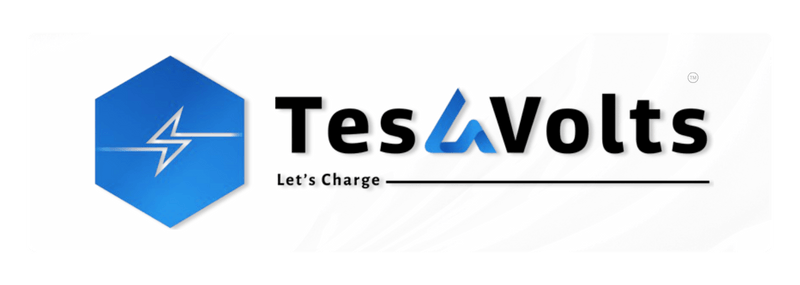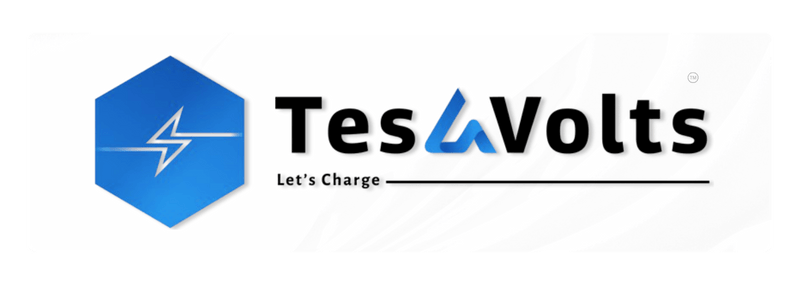Any house, any apartment, any building.
Any home.
Smarter, integrated homes
The electric car is increasingly becoming an integrated part of your drivers' home energy system. Drivers should have the tools to not only charge their car with as much self-generated energy as possible, but also, for example, to receive compensation from the employer when charging has been at one's own expense. We help you offer this experience.
The electric car is increasingly becoming an integrated part of your drivers' home energy system. Drivers should have the tools to not only charge their car with as much self-generated energy as possible, but also, for example, to receive compensation from the employer when charging has been at one's own expense. We help you offer this experience.

Solid ground for a network of millions
No residential solution is the same. So, we've built a central platform for you to take care of the diverse demands of a home-charging infrastructure roll-out. Take control by precisely meeting your customers' charging needs and monitor up-time conveniently from a single source of truth.
Home to power play
By 2026, 35 million charging points will be installed worldwide, through which a lot of energy will be transmitted. Your customers will save both costs and C02 through Time-Based charging as you aggregate your portfolio as a VPP and optimise your energy procurement.
Power Management
Responsibly play with charging speeds and reduce your energy procurement costs.
Capacity Management
Expand one charge point at a time without large load-balancing investments.
Time-of-use
Provide drivers the option to choose their own charging times and reduce their costs.
Home to power play
By 2026, 35 million charging points will be installed worldwide, through which a lot of energy will be transmitted. Your customers will save both costs and C02 through Time-Based charging as you aggregate your portfolio as a VPP and optimise your energy procurement.
Power Management
Responsibly play with charging speeds and reduce your energy procurement costs.
Capacity Management
Expand one charge point at a time without large load-balancing investments.
Time-of-use
Provide drivers the option to choose their own charging times and reduce their costs.
Maintaining balance between power demand and supply, especially locally
Cloud-based smart energy management platform as the ecosystem brain
The smart energy management platform records the power flows from energy generation, battery storage, energy consumption by EVs, and the building itself. Using its intelligent management tools, the platform sends out smart charging signals to the 26 charge sockets installed inside the building for the cars and to the fast charger outside for busses. By dynamically controlling the charging speed of every socket, the platform ensures that the load on the transformer is kept as low as possible, saving significant costs.
The smart management ecosystem helped reduce peak electricity demand by 71%, which ultimately resulted in a less-costly grid connection investment for charging busses and passenger vehicles. Simultaneously, with the smart charging technologies developed in this project, it is possible to install ten times more charge stations at the Teslavolts while still realising the 71% peak demand reduction.
The smart management ecosystem helped reduce peak electricity demand by 71%, which ultimately resulted in a less-costly grid connection investment for charging busses and passenger vehicles. Simultaneously, with the smart charging technologies developed in this project, it is possible to install ten times more charge stations at the Teslavolts while still realising the 71% peak demand reduction.
Reduced peak electricity demand by 71%
Cloud-based smart energy management platform as the ecosystem brain
Connecting renewables, storage, and smart energy management
Quick Contact
If you have any questions or need help, feel free to contact with our team.
PN-27 GIFT City Gandhinagar - 382355
Get Directions 

